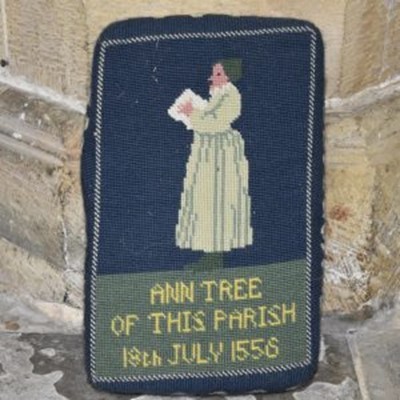When you’re a family company that can trace its heritage back more than 300 years it does make you somewhat interested in history.
Our family have been living in the middle of the old county of Sussex (on the border of the newer counties of West and East Sussex) for the last 50 years. A county that is steeped in history.
For most of the country the month of November and in particular the 5th is an opportunity for school age children to reacquaint themselves with the story of the Gunpowder plot to assassinate King James I by blowing up Parliament in 1605. History tells us that the conspirators were seeking to restore a Catholic monarch to the throne of England.
The tradition of marking the uncovering of the plot on 5th November began as a result of an Act of Parliament which made it compulsory for everyone to attend church to give thanks to God that the plot had been uncovered and the King saved.
CPJ Field & Co. traces its history back to 1690 which is some 85 years after the Gunpowder plot was uncovered. Our research suggests that it is unlikely that funeral directing existed as a profession until the later parts of the 17th century. Ceremonial or heraldic funerals being the preserve of the nobility until merchants trading in successful cities such as London became wealthy enough to emulate the trappings displayed by those of high birth.
By 1690 Queen Mary II and King William III were on the throne of England having succeeded James II the year before when he abdicated. In this part of Sussex, the 5th of November events have a different heritage that go back to the previous century and James II great-grandmother Mary I.
Mary was the daughter of Catherine of Aragon, the first of Henry VIII six wives. Famously her father set in train the events that would lead to the creation of the Church of England in order that he could divorce her mother and marry another woman. Mary, like her mother, was a staunch Catholic.

When she came to the throne after her father’s death Mary was determined to restore the Catholic Church in England. Unfortunately for Mary by the time she took the throne in 1553 it was more than 20 years since her parents had separated and the people of England had rather forgotten that they had ever been anything other than Protestant.
This was a particular problem in Sussex where the people were very determined to stand up for their Protestant faith despite Mary’s best efforts. Mary declared that all Protestants were heretics or non-believers in the eyes of her government, but the people of Sussex weren’t to be put off. Afterall the motto of the county is “we wunt be druv” or “we will not be driven” which should have been a clue really.
Perhaps in many ways unjustly Mary I is remembered as Bloody Mary for when these protestants refused to return to the ways of the Catholic church and acknowledge the authority of the Pope they were sentenced to death. Usually burnt at the stake.
It is those who met this fate in this part of England who are known as the Sussex Martyrs, 17 of which were burned in the town of Lewes (the focus of events) between 1555 and 1557, that are remembered on or around 5th November every year. Many of the towns and villages in the area commemorate with bonfires, firework displays and the burning of effigies.
The village of West Hoathly which the Field family have called home since the early 1970s was also home to Ann or Mother Tree who was one of three people burned at the stake on the streets of East Grinstead for their faith in July 1556. She’s remembered on the wall in the parish church. St. Margaret’s Church has witnessed many Field family weddings, christenings, and funerals over the years. In fact, there is a tapestry covered prayer kneeler in the church in Ann Tree’s memory too. It was made and donated by Christine Field.
